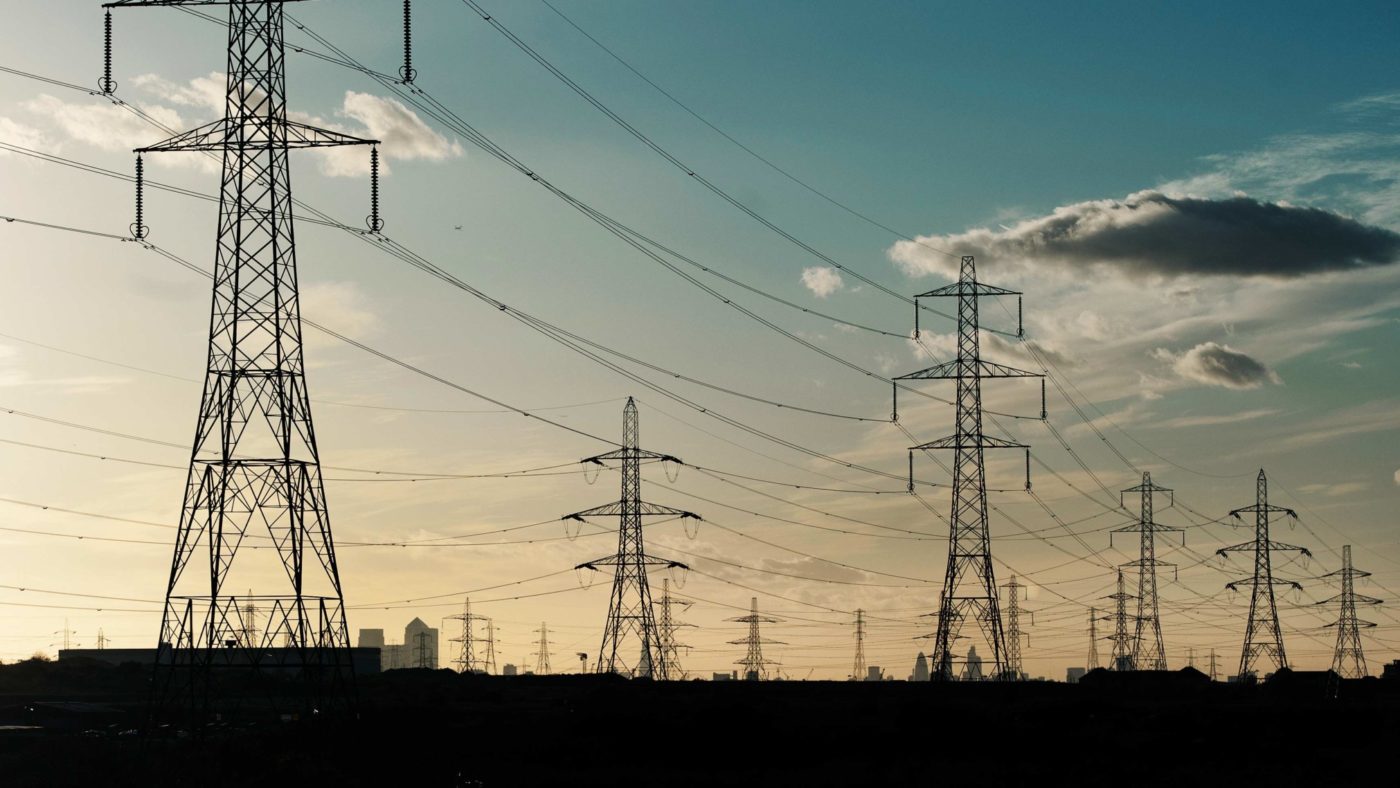For this week’s edition of ‘Nimby Watch’, we’re off to Scotland, where everyone is up in arms about pylons…
Right then, where to this time? Picturesque Aberdeenshire, which is becoming a key part of efforts to secure a green new energy future for the UK.
Sounds good to me. Who could object to energy independence, renewable power, and – hopefully one day, for the love of all that’s good in the world – maybe even cheaper bills? Well, apparently net zero and green energy are part of woke, cancel culture and/or DEI now, so you might get some objections on those grounds – but at the moment that’s not really the problem here in the UK.
So… what’s the sticking point, then? Well, the issue is that it’s no good generating electricity at an offshore wind farm or a remote solar plant and just leaving it there. We need something to transmit the power to where it’s actually useful – like our kettle, or charging our car – and for that the answer tends to be pylons.
And I’m guessing people don’t really like the idea of pylons cluttering up their view? They do not. The UK is in a fortunate position when it comes to wind power – we’ve got lots of it, for much of the year and quite reliably too. It means there’s a prospect the North Sea can continue to generate energy for us indefinitely. But offshore generation means that we’ve got to get the energy across big swathes of often quite beautiful landscapes, and that usually means pylons – 66 miles of them in this case.
Is it a bit mean to use the awesome might and platform of Nimby Watch to pick on a handful of anti-pylon campaigners? Well, it might be, but they’ve been given a pretty big platform of their own – BBC Panorama featured them just this month.
And what did they have to say? One campaigner – who keeps a scale model of a ‘monstrous’ pylon in her home to highlight the problem (presumably to people who’ve never seen a pylon) – said she felt the locals were ‘being sacrificed’ for the national good.
Isn’t a bit weird to have a giant model of something you hate and don’t want to look at in your house, where you often look? Not at all. I’ve got a giant papier mâché copy of the UK planning regulations at home for the very same reason.
Ooookay. To be fair to her, she’s using it to illustrate the pylons at hand here are larger than normal. UK pylons are usually 150ft tall at the most, and the biggest in this new scheme will be almost 250ft tall. But… bigger pylons mean fewer pylons, and keep the cabling higher up and further away from anyone – which is good for those annoyed by the buzzing, or those who believe (absent evidence) it’s bad for their health.
So is this a classic Nimby argument in which the campaigner just want someone else to be forced to look at pylons? To be fair to them, no – they don’t want pylons built anywhere. They would much prefer if all of the necessary power infrastructure was put into place using underground cables.
That does sound much less unsightly. I’m sure it does! The question is who would pay for it.
It’s sticking a wire in a trench, how much could it cost? A damn sight more than ten dollars. The best figures, which have been cited by the Government and other public authorities, come from an independent report commissioned for the Institute of Energy and Technology.
Are you going to use a really unfair framing here to make your argument look better? Not this time! The report looks at the total lifetime cost – build and maintenance – for the different options, which looks slightly better for underground options than just looking at the installation cost alone.
That must mean you’re really confident underground comes out of this badly, then. Yup. Pylons come in at between £2.2–£4.2 million per kilometre, while the cheapest form of underground cabling tech has a lifetime cost between £10.2–£24.1m per kilometre – that’s between 2.5 and 12 times more expensive. And some other forms of cabling cost significantly more even than that.
And it’s not as if we have a reputation for building stuff cheaply here as it is. We do not. We are already the nation of the £100m bat tunnel, which has now risen in cost to £120m. Burying electricity cabling might just finish us off – especially when the country is covered in pylons already and they honestly don’t look that bad.
Any final thoughts? Just this: we all want the benefits of power, and most of us think shifting to electric-only in the next few decades is a good idea for climate change. But most of us don’t want to live next to big industrial power plants, even if they’re green. That means we’re going to need some power lines, and it’s probably best if they don’t cost a fortune.
It almost sounds as if you’re saying we’re being unreasonable to want power without pylons! Almost, yes.
Click here to subscribe to our daily briefing – the best pieces from CapX and across the web.
CapX depends on the generosity of its readers. If you value what we do, please consider making a donation.


